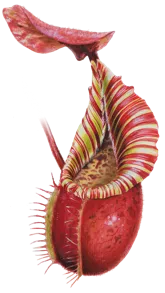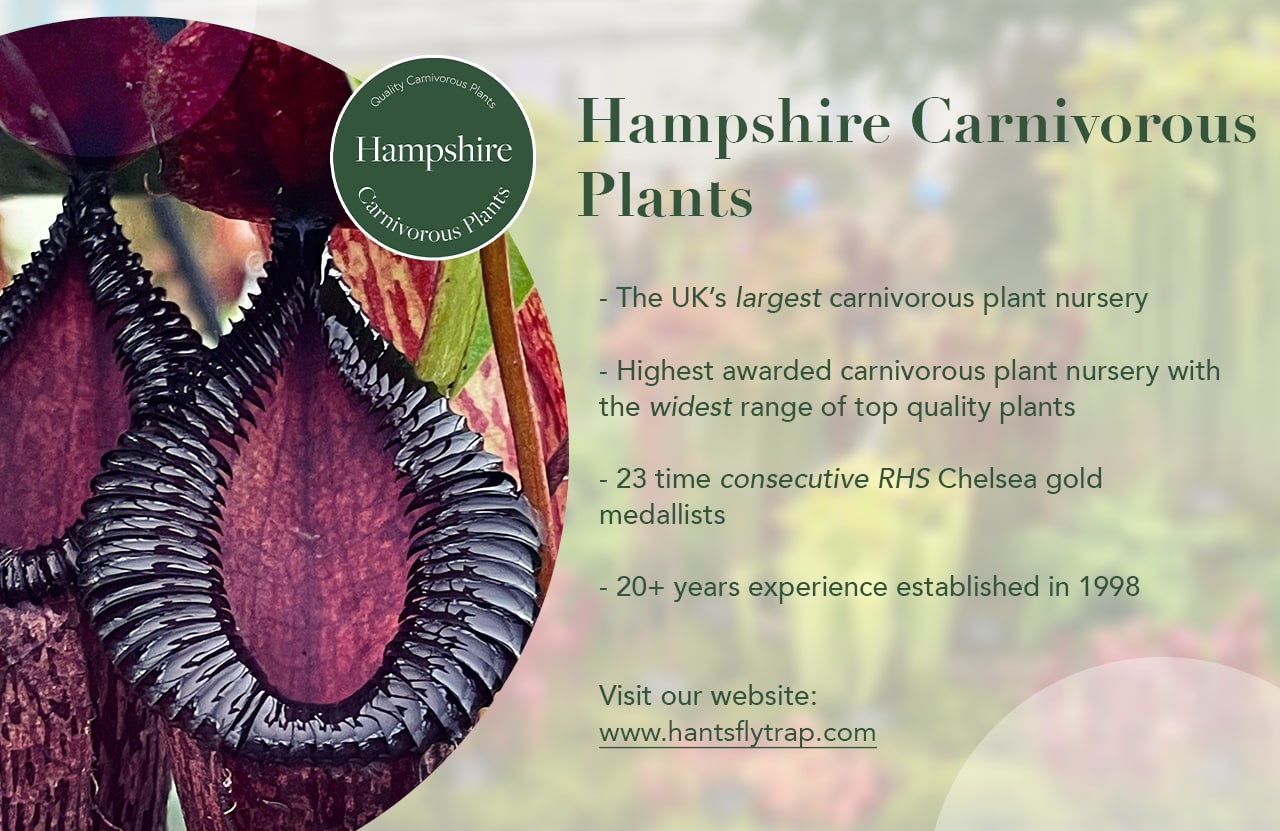Nepenthes aristolochioides
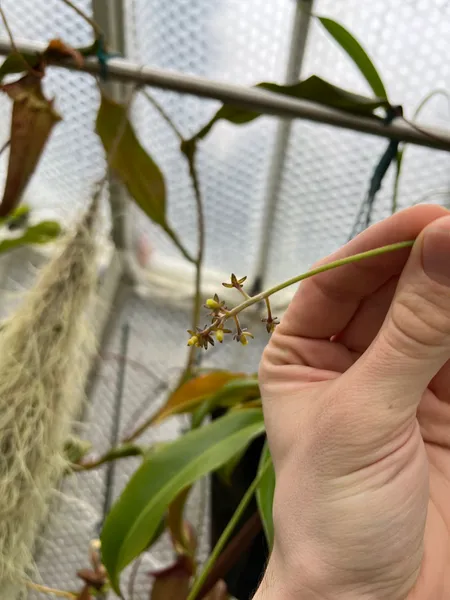 A female inflorescence on my N. aristolochioides - they tend to produce very few flowers per spike
A female inflorescence on my N. aristolochioides - they tend to produce very few flowers per spike 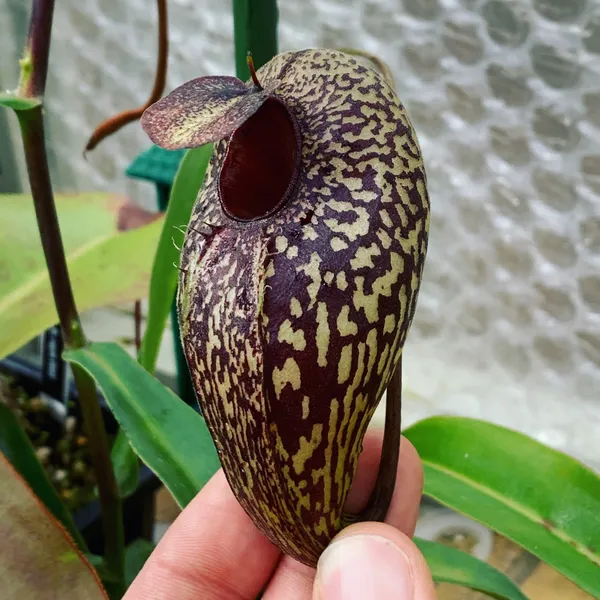 A lower pitcher on my N. aristolochioides
A lower pitcher on my N. aristolochioides 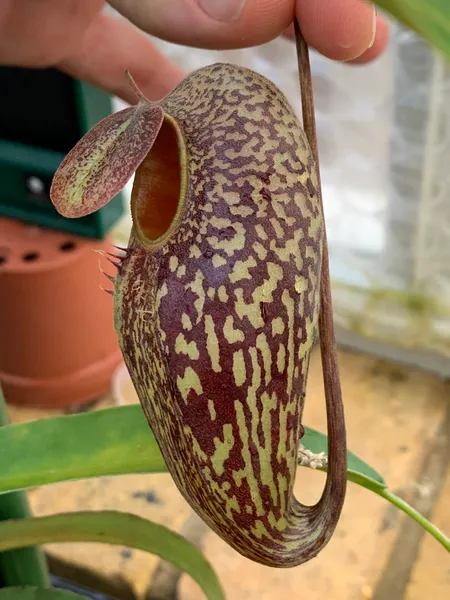 A nice lower pitcher on one of my seed-grown N. aristolochioides
A nice lower pitcher on one of my seed-grown N. aristolochioides 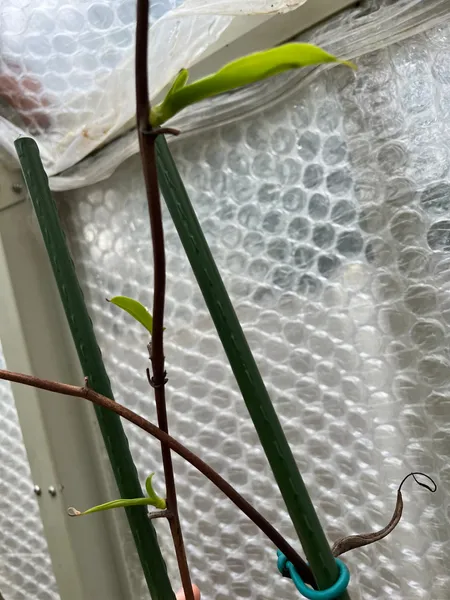 Lots of N. aristolochioides display this tendancy to activate aerial nodes on the vine!
Lots of N. aristolochioides display this tendancy to activate aerial nodes on the vine! 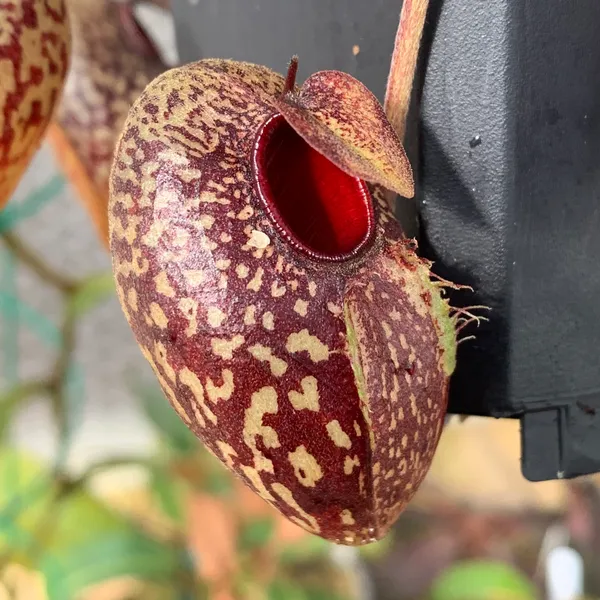 Lovely bulbous basal pitcher
Lovely bulbous basal pitcher 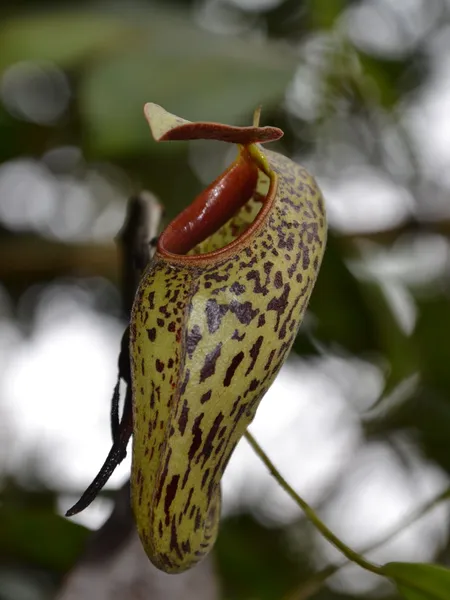 N. aristolochioides photographed in-situ by Christophe Maerten
N. aristolochioides photographed in-situ by Christophe Maerten 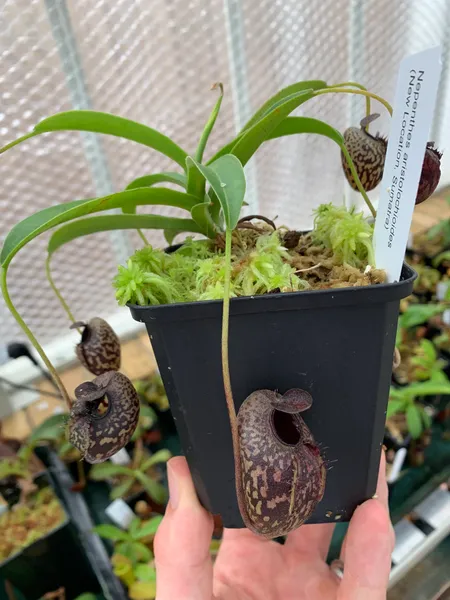 Young plant from Wistuba - once known as the New Location release
Young plant from Wistuba - once known as the New Location release Description & Care
Nepenthes aristolochioides is a fascinating and unique plant from Sumatra. First discovered by Dutch botanist Willem Meijer in 1956, the species went largely forgotten for the next 30 years. Only when Meijer’s specimen was found in Leiden University’s herbarium in 1988 was scientific interest in the species again sparked. In June 1996, botanists Katrin Hinderhofer and Joachim Nerz organised a field trip to Sumatra and successfully rediscovered N. aristolochioides.
The species is best known for its extremely unusual pitchers. They are domed or ‘hunchbacked’, with a near-vertical opening, and have translucent patches opposite the mouth which allow light to pass through. This is known as a lobster-pot trap, and it attracts and confuses flying insects in a similar manner to Sarracenia minor, Darlingtonia californica, and Nepenthes klossii.
I grow several forms of N. aristolochioides, both seed-grown plants and clones from Wistuba. I’ve found this species to be quite a fast grower in good highland conditions - just make sure you can provide cool nights, otherwise it sulks. It rapidly reaches the vining stage, and with a large (15cm+) gap between leaves it can reach quite a height! Another characteristic I’ve spotted is how readily it activates aerial nodes (i.e. produces offshoots from the climbing vine). Despite producing so much vine, I’ve found this species quite tricky to root successfully.
N. aristolochioides is close to extinction in the wild, largely due to poaching by collectors. As with all Nepenthes, you should only ever buy from reputable nurseries.
How I Grow It
| Media | Long fibre sphagnum moss, perlite, and - optionally - orchid bark (2:1:1). |
| Water | Damp but not wet. |
| Light | Very bright, diffused light - can take a lot without 'sunburn'. |
| Fertiliser | Maxsea or liquid orchid feed in the pitchers, every two weeks. |
| Temperatures | 12°C (54°F) minimum year-round, with summer highs of ~ 30°C (86°F). |
| Humidity | 70% during the day, rising to over 90% at night. |
Learn more about cultivation with my guide to growing Nepenthes.
Day & Night Temperatures
Nepenthes aristolochioides is a highland species, found at elevations of between 1800 and 2500 meters. This range is highlighted in orange above, and equates to temperatures of approximately 20 - 26°C during the day, and 10 - 16°C at night.
Habitat
| Native to | Sumatra |
| IUCN Red List status | Critically Endangered |
| Natural hybrids | N. singalana |
Buying N. aristolochioides
| Availability | Hard to find, even with tissue culture. Be particularly vigilant when buying - poaching threatens the survival of this species in the wild. |
| Borneo Exotics codes |
|
| Recommended nursery | California Carnivores Hampshire Carnivorous Plants |
